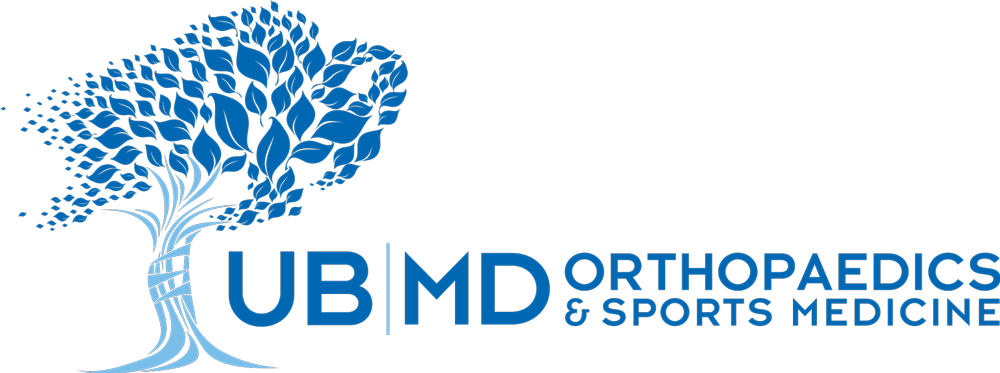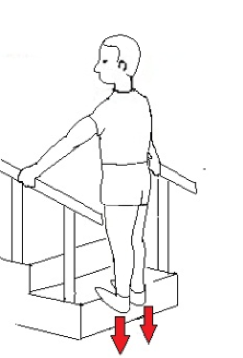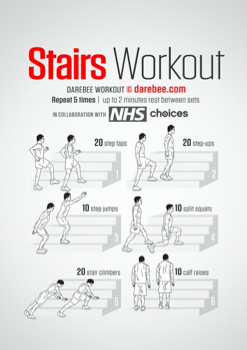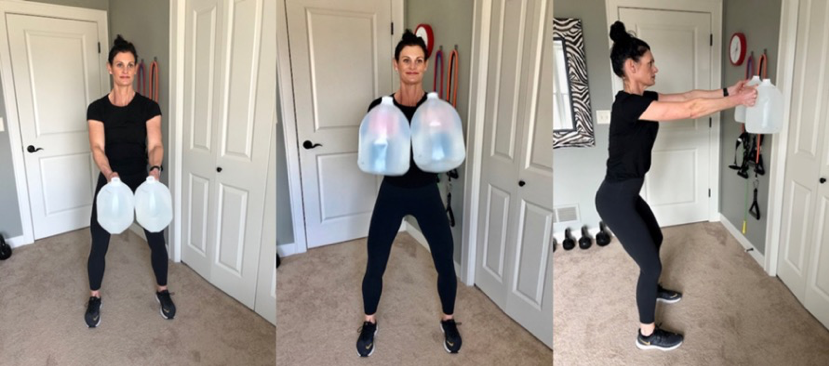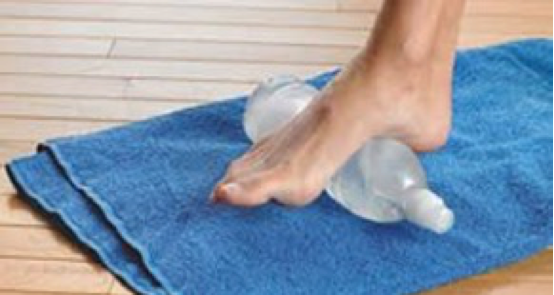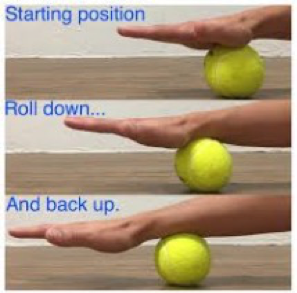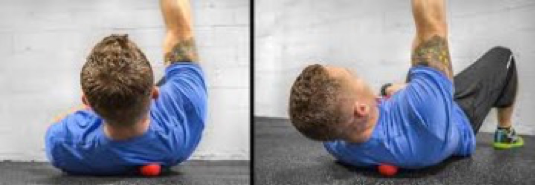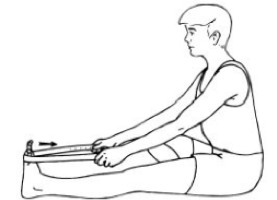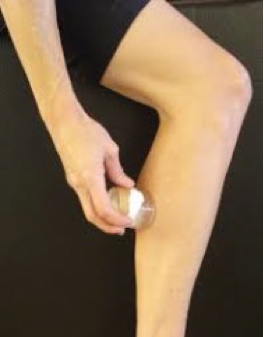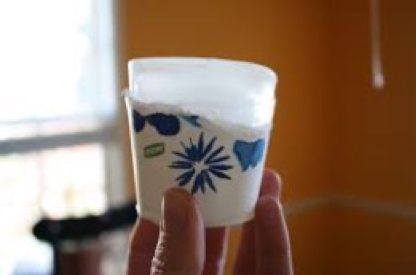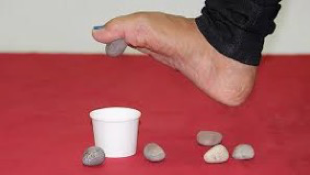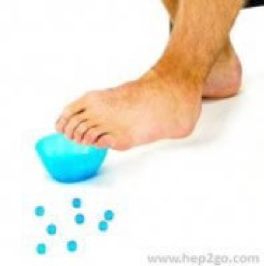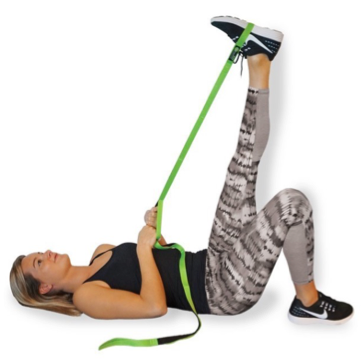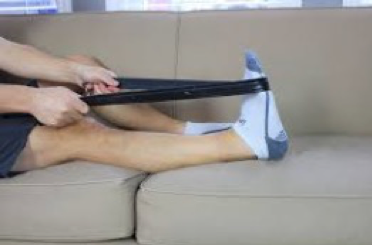After injuries and surgery, we often need rehabilitation to recover from trauma to the body. Before trauma, the human body is at optimal performance, but when the body undergoes trauma, that capacity for performance decreases. Recovery and rehabilitation help to bring that capacity back to where the body once was before the trauma.
Sometimes it is hard for patients to get the care they need with the correct equipment for their rehabilitation. What most people don’t know is that everyday items can be used to supplement the regular equipment that physical therapists use. Many common household items can provide the same effect. We use these tools to help with many different types of rehabilitation, with different items used to work on stability, proper alignment, gripping, stretching and resistance.
Stairs
Most households have stairs, whether they are outside, going to a second floor or going down to a basement or into an attic. Stairs make it easy to stretch or exercise on. A lot of exercises that require you to step up onto a platform can be done on stairs. The elevation of the stairs makes the workout harder with gravity. Stairs can provide an intense cardio workout by jogging up and down them.
Stretching on stairs can include facing the stairs going upward, putting your heels off the edge and lowering them. This can help stretch the gastrocnemius or calf. You can also stretch your hips with the use of the railing, as well as your hamstrings.
Water Bottle/Gallon
A water bottle or a gallon can be used in many different ways. One of the simplest ways is as weights. A gallon of water weighs 8.345 pounds and can be substituted for a dumbbell. Gallon milk jugs also have convenient handles to hold when doing exercises. Another way to use a water bottle is to roll out the bottom of your foot. Rolling out helps relieve the tension in muscles or fascia. You can use a water bottle by freezing it overnight and using it in the morning to relieve a tight foot from sleeping or using it after exercise. It gives the cooling effect of ice and the relaxing effect of rolling out.
Athletic Balls
There are many different forms of athletic balls – baseballs, basketballs, soccer balls, lacrosse balls, field hockey and many more. All athletes and parents of athletes can use these balls to help roll out muscles. Because they are smaller than a foam roller, it is easier for these sports balls to get deeper into the muscles. It also allows for applying stronger pressure to get at the knots that are harder to reach. Before using an athletic ball to push on the muscles, know that it will hurt and be uncomfortable.
Towels
This may be unconventional, but towels are a great tool to help with stretching. Not everyone can reach their toes when stretching the back of their legs. A towel can help those who cannot reach their toes and provide a better stretch. This practice can also help with shoulder stretches when you are not able to reach around. Not only are towels great for stretching, but they can be used for various exercises such as the towel scrunch, knee extensions, wall slides and more.
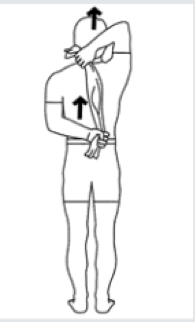
Shoulder Towel Stretch
Jump Ropes
Whether you are coming back from an injury or just wanting to enhance your performance, jump ropes are a great tool. Jump ropes are perfect for rehabilitation after surgery because of how controlled it is. It is a light plyometric exercise that will work the small muscles in your feet to your shoulders. Jumping rope is an excellent low impact way to warm up and get your heart rate going to get blood flowing to the shoulders and lower legs. An increase in blood flow during warm-up helps reduce the risk of injury during exercise and has been shown to reduce soreness after exercise.
Ice Cups
Recovery consists of using ice to help with pain and soreness. One way you can accomplish that is by using ice cups as a way to massage the affected area. Ice is effective in treating injuries as it inhibits inflammation to the site. It prevents against secondary inflammation and reduces swelling. Keep in mind, however, that using ice for longer than needed can also be harmful.
You can make an ice cup by taking a small Dixie cup or small disposable cup. Fill the cup three-quarters of the way full and place it in the freezer. When the cup is ready, simply rip off the side so that there is an inch of ice exposed. Then rub the top of the ice with a wet towel to remove any crystals. Now you are ready to use the ice cup. Start by rubbing the area in small circles and move it around to different parts. Do this until the skin feels numb or up to a maximum of four minutes. Areas that ice cups are great for are the shins, wrists, hands and feet. You can use them anywhere on the body, but smaller areas are more effective.
Marbles
If you stand on your feet all day or walk a lot for work, your feet are going to be sore by the end of the day. By working the small intrinsic muscles of our feet, it helps to strengthen them. People who work on their feet are also more likely to have plantar fasciitis, which is inflammation of the tissue on the bottom of the foot. It protects the muscles that run on the bottom of the foot from injury and to keep everything where it needs to be. Using marbles to help strengthen the muscles under the fascia will help prevent inflammation.
It is good to have a handful of marbles for this type of rehab. You are going to place them on the ground in front of your foot. Using your foot and keeping your heel on the ground, you are going to lift your toes and use them to pick up the marbles and place them in a cup or bowl. Do this until the marbles are all gone in front of you and do this a few different times. Using the ice cup and/or athletic ball roll out options described above will also help after doing the marbles.
Leash/Belt
This is another great tool to use for stretching. It has the same logic as using a towel, but it is stiffer than a towel and offers more resistance. It also adds more length if you are not as flexible. Most people either have a leash or a belt in their house. For a leash, you can put your foot through the loop and pull the other end until you feel a stretch. With a belt, you can put the end through the loop until it makes a loop like the leash. Then, place your foot in the loop and pull the end you pushed through.
Rehabilitation at home can be made easy by using household items while stuck at home or in lieu of purchasing something. UBMD Orthopaedics & Sports Medicine has rehabilitation specialists and physical therapists that can provide you with a more detailed regimen and give you more equipment ideas that you can use at home. Call 716.204.3200 for an appointment or additional information.
